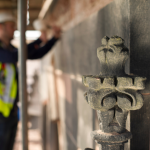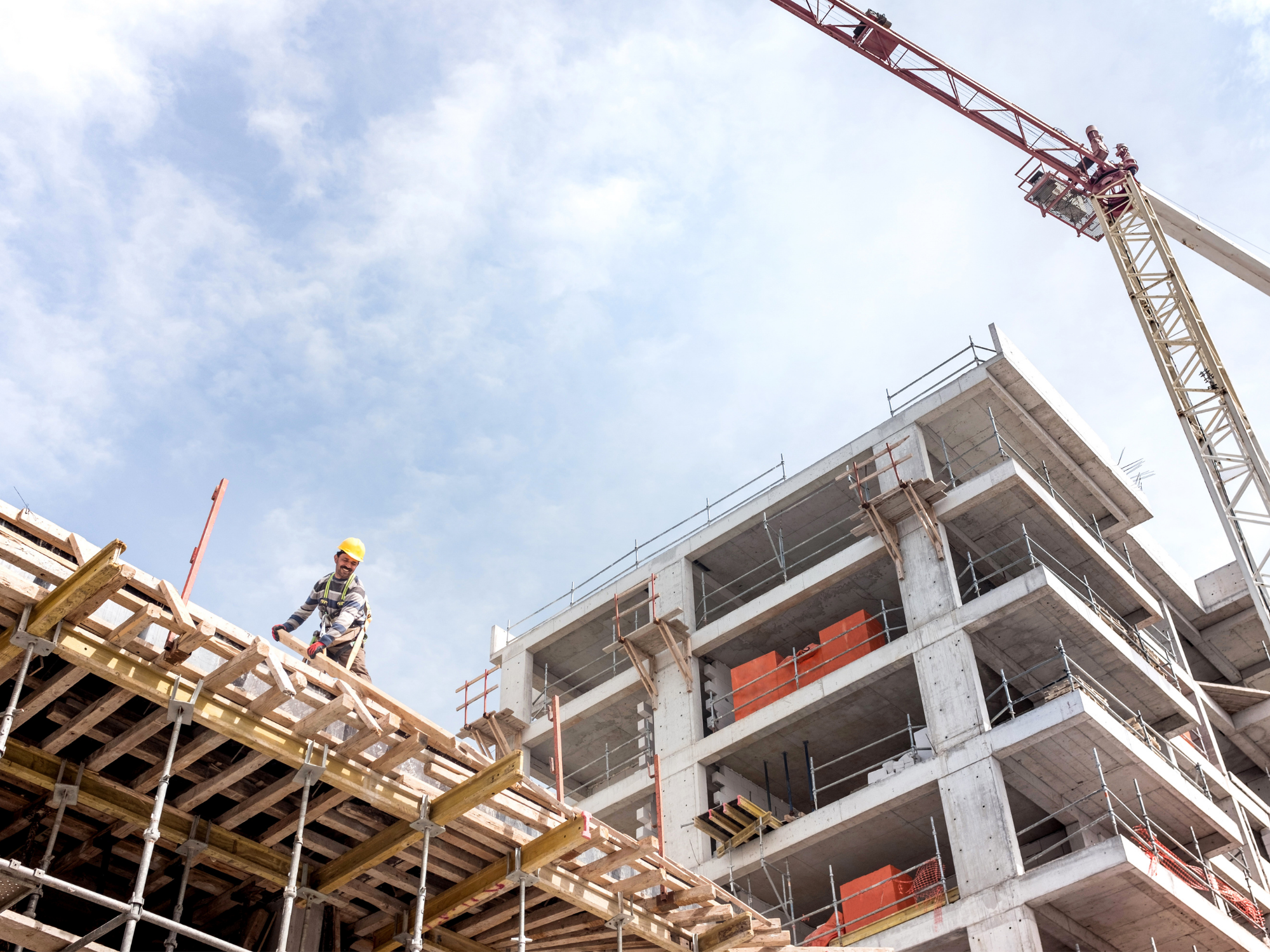Camellia-Rosehill in Western Sydney, along the banks of the Parramatta River, is the site of a proposed new housing development as part of a list of ten areas for new homes, which will include fast-tracked rezoning.
However, the site in Camellia-Rosehill is also the home of the former James Hardie asbestos-cement factory from 1917 to 1993, and experts have concerns about the sheer volume of remediation required before the development can proceed.
The Hardie factory site currently has restriction to prevent the public from accessing it, and asbestos material contained at the site is packed under concrete. Additionally, the site was also home to recycling facilities and manufacturers that produced pharmaceuticals, chrome-based chemicals and arsenic-based herbicides.
“The Camellia-Rosehill precinct has significant issues with remediation, with flooding, traffic … open spaces and community facilities,” Parramatta Lord Mayor Donna Davis said.
“For Camellia to succeed, it needs the infrastructure to support it,” she said. “What’s really important is the funding is in place for remediation and flood mitigation, so the success of Camellia is ensured from the outset.”
Last week, NSW Premier Dominic Perrottet explained that his government was committed to building homes for residents.
“We need to keep building homes, we can’t have an Australia that can’t house its children,” he said.
The Department of Planning and Environment explained that there are works that will need to be carried out, and the overall project decision would be made after “further consultation with the community and stakeholders”.
“A place strategy was released last month to guide the renewal of the precinct including identifying future planning work, such as a precinct-wide flood risk study and plan, [and an] integrated transport study,” a DPE spokesperson said.
As part of that strategy, the government revealed that there are concerns about contamination of the groundwater and soil, noise and odour issues.
“I don’t know what the overall figure for remediation would be, but it would be significant,” Cr Davis said.
“That’s why the cost of the remediation — who is going to fund it and what needs to be done, should be worked out before the rezoning.”




